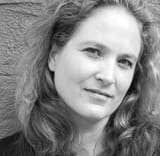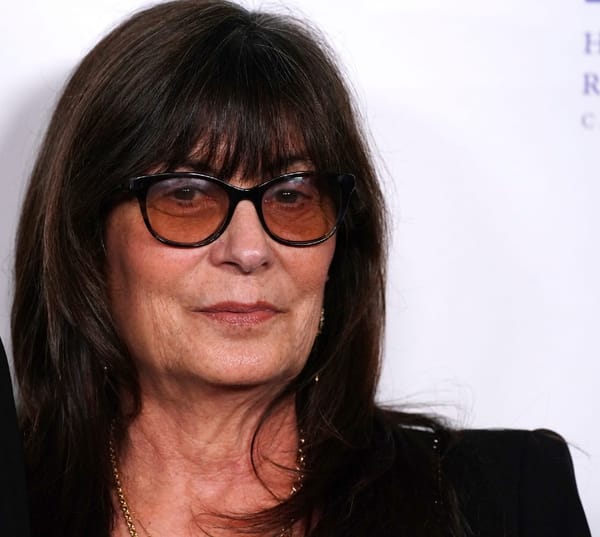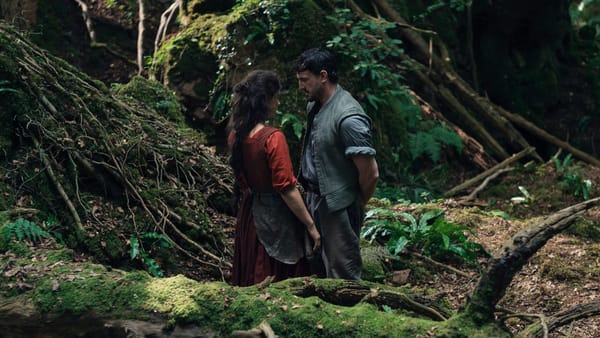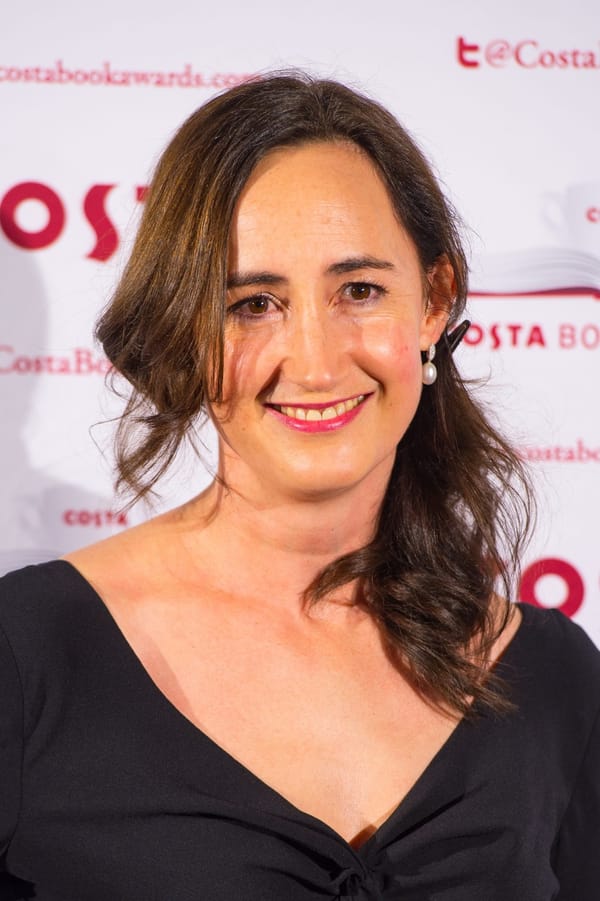Where Is Mary Shelley In All the ‘Frankensteins’ Out There?
Maybe it’s time for a woman to show us what “Frankenstein” is really about.
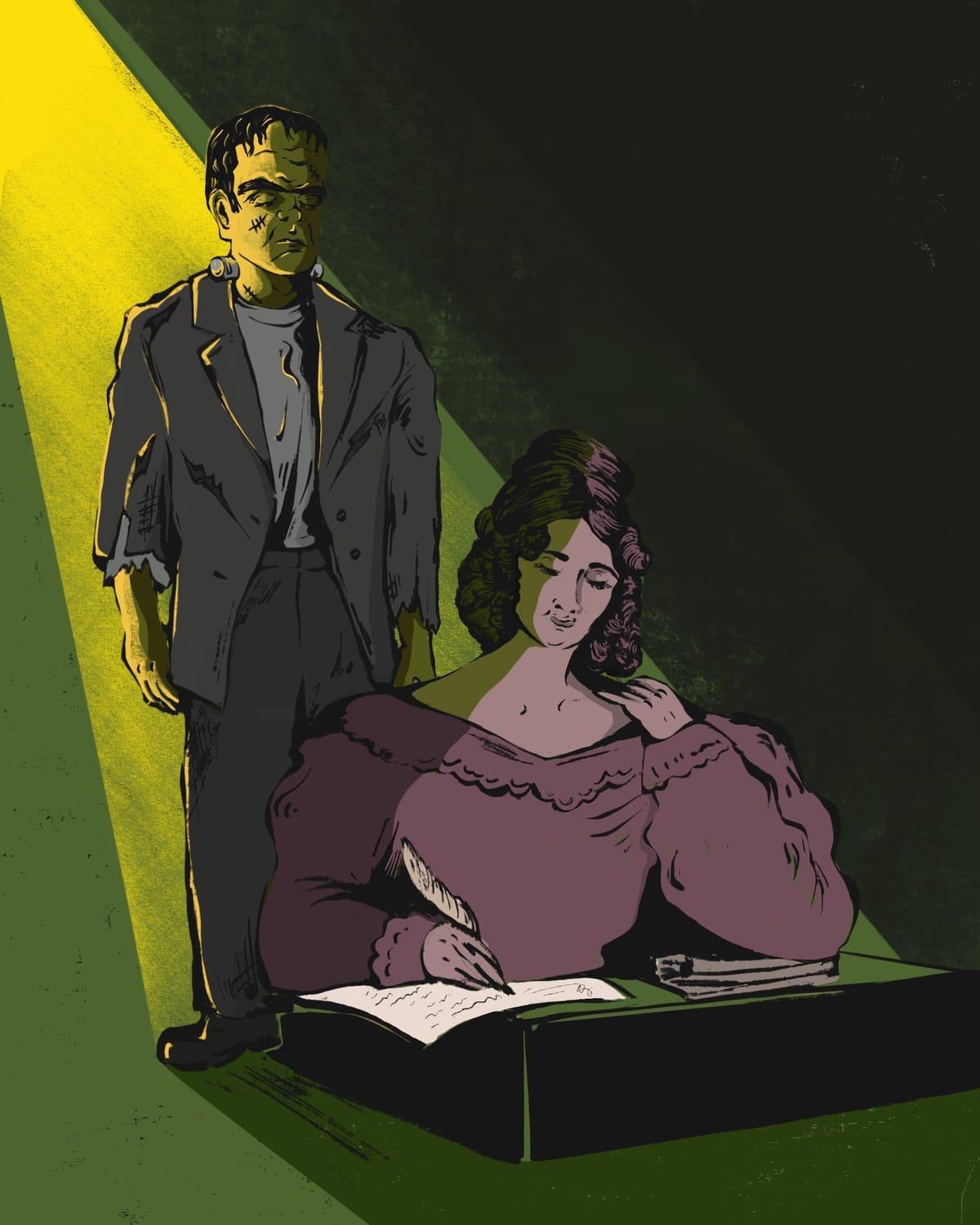
What comes to mind when you think of “Frankenstein”?
Maybe it’s a cartoon-ish character with a square head and steel bolts at the neck. Or a stitched-together patchwork of a creature that’s half-human, half-something else. Perhaps the pink illustration of a monster on a box of cereal by General Mills. As you read this, perhaps you hear in your head that now-iconic scream, “It’s ALIIIVE!”?
In the 200-odd years since the book came out, “Frankenstein” has been adapted by a series of (male) directors who’ve transformed it—first on stage, and then on screen—into versions that would be almost unrecognizable to Shelley herself. While film adaptations of other famous novels have successfully conveyed their authors’ intent, none of the most famous swings at “Frankenstein” have given us a real look at the story Shelley put on the page.
A young life filled with tragedy
Shelley was just 18 when she began writing what would become one of the world’s most famous novels—and an early progenitor of modern-day science fiction. The daughter of two renowned political writers, her rich life and early experiences shaped the themes that animate the book.
Her mother was Mary Wollstonecraft, a renowned feminist thinker and the author of “A Vindication of the Rights of Woman,” who died of sepsis just days after Shelley’s birth. Her father, William Godwin, was a radical anarchic thinker, who called for, among other things, an end to traditional institutions including marriage. Nevertheless, to Shelley’s great dismay (and confusion), Godwin still shunned his own daughter after she became involved with a married man—the poet Percy Bysshe Shelley—whom she eventually married.
Mary Shelley was immersed in the intellectual discourse of her day, including concerns about where science was going and the foolhardiness of mere humans trying to play God. Her sharp insights into the human condition, including the effects of parental abandonment and the cruelty of social ostracism, power her masterpiece, which has never been out of print.
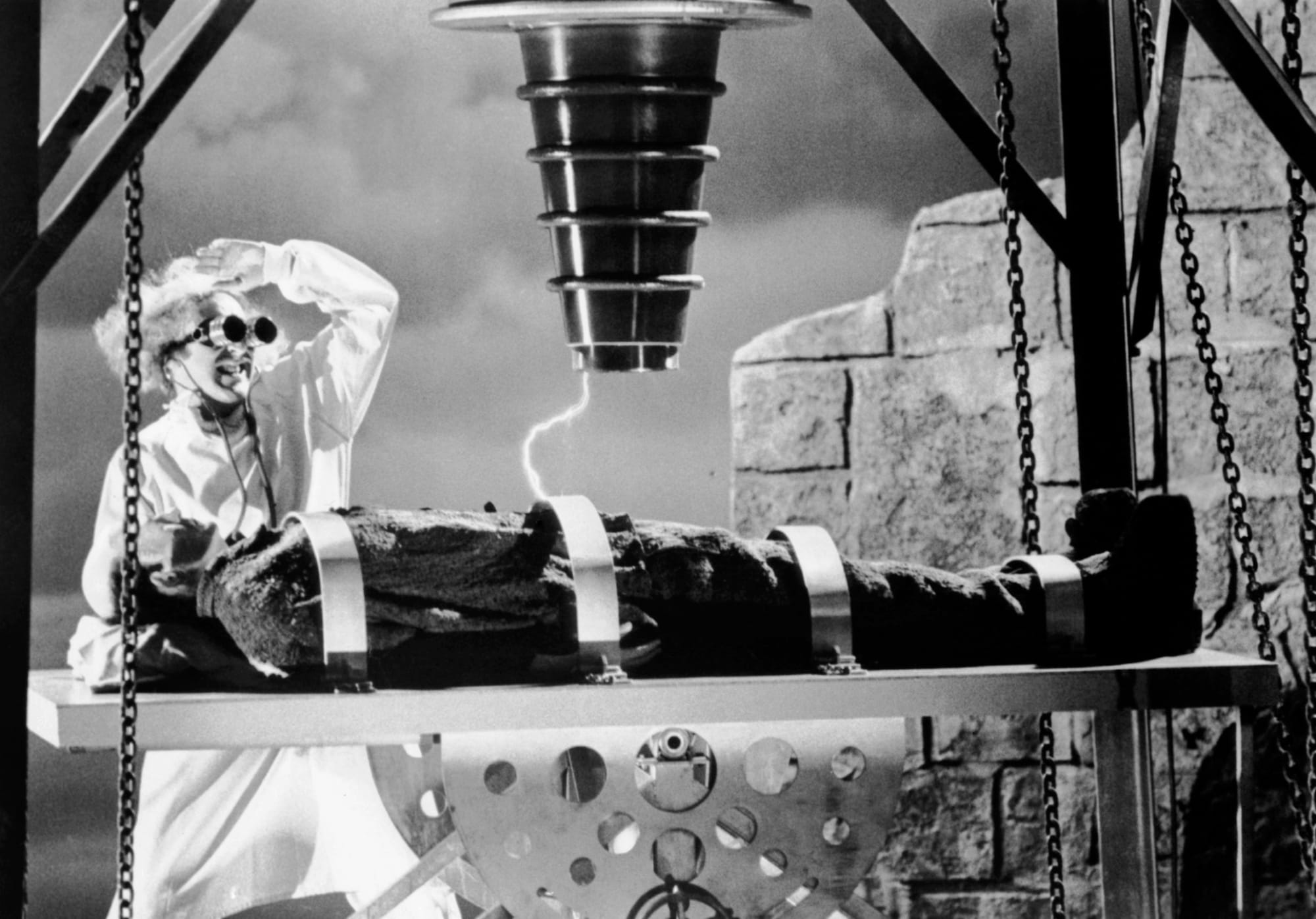
Even a casual reader would be unlikely to miss these themes in Shelley’s book, which is what makes the remakes so maddening. Certainly, this year’s “Frankenstein” from Guillermo del Toro (of “Pan’s Labyrinth” and “The Shape of Water” fame) hews more closely to the novel than, say, the original 1931 Boris Karloff film, which is what many people picture when they think of “Frankenstein.” (And it certainly hews more closely than the scores of derivative works, such as “The Munsters,” Mel Brooks’ “Young Frankenstein, and 2015’s “Victor Frankenstein”). But as with so many directors before him, del Toro has taken the core elements of Shelley’s novel and simply reshaped them into a story that is closer to his heart than Shelley’s. (“Frankenstein” appears in select U.S. theaters now, and comes to Netflix in November.)
Maybe, just maybe, it’s time for a woman to show us what “Frankenstein” is really about.
A matter of hubris
The idea for the novel started one evening in 1816. A group of friends (including Mary Shelley, her lover, Percy Bysshe Shelley, and the literary rock star Lord Byron) were staying on Lake Geneva in Switzerland. To pass the time, they were discussing popular experiments of the era, including “galvanism,” which sought to demonstrate that electricity could bring dead tissue to life. Scientific advances at the time had begun dislodging ideas about God, and the prospect of man usurping God’s role in creating life was unnerving to many (including Mary Shelley).
Shelley later wrote that she mostly sat on the sidelines during these conversations, uncomfortable with the men’s giddiness at the possibility of creating life in a lab. One night, after the group had been reading German ghost stories, Byron proposed a contest to see who could write the most terrifying tale. Shelley decided to center her story around the experiments the men were discussing. She imagined a medical student obsessed with discovering the key to life, who ends up being horrified by what he’s wrought.
Shelley’s argument? That the quest to create life was, itself, reckless. She also worried about scientists not taking responsibility for the harms they could unleash. (AI, anyone?) Her point was one the fictional Dr. Ian Malcolm (played by Jeff Goldblum) would later make in the movie, “Jurassic Park”—“Your scientists were so preoccupied with whether or not they could, they didn’t stop to think if they should.”
Philosophy, not flash
A few months later, back in England, Shelley expanded her pages into a story that’s very different from the one we’ve become accustomed to on screen. For example, Shelley never described the mechanics of how Victor Frankenstein brought his creature to life. In her telling, there’s no complicated machinery. No flashes of lightning. No shout of triumph. The horror she evoked among 19th century readers was rooted in her vivid account of what might happen if the things being discussed in salons and lecture halls actually came about.
Shelley’s novel deals with the fallout that occurs from the moment Frankenstein creates life. She describes how the creature develops into a sentient being, one in need of love and connection. And then, how, in the face of perpetual hostility and rejection, it devolves into rage and violence.
Frankenstein is portrayed as someone who hasn’t thought through the consequences of his actions, and who then refuses to take responsibility for what he has unleashed.
(For those hazy on the details of the original novel, this 16-minute video on YouTube provides a good summary.)
Adaptations with a male point of view
Five years after the book came out, a London theater staged a version of the story that focused more on “monster” than philosophy. The sidekick who eventually became Igor (in “Son of Frankenstein”) joined the cast. The words “It lives!” (which later morphed into the famous, crescendoing “It’s aliiiive!” in the movies) was also added.
Boris Karloff’s famous black-and-white performance came to the screen in 1931 as an almost total rewrite. This version, which includes the famous square head and torch-bearing villagers, set the tone for the hundreds of adaptations that followed, and the many tropes we now associate with “Frankenstein.”
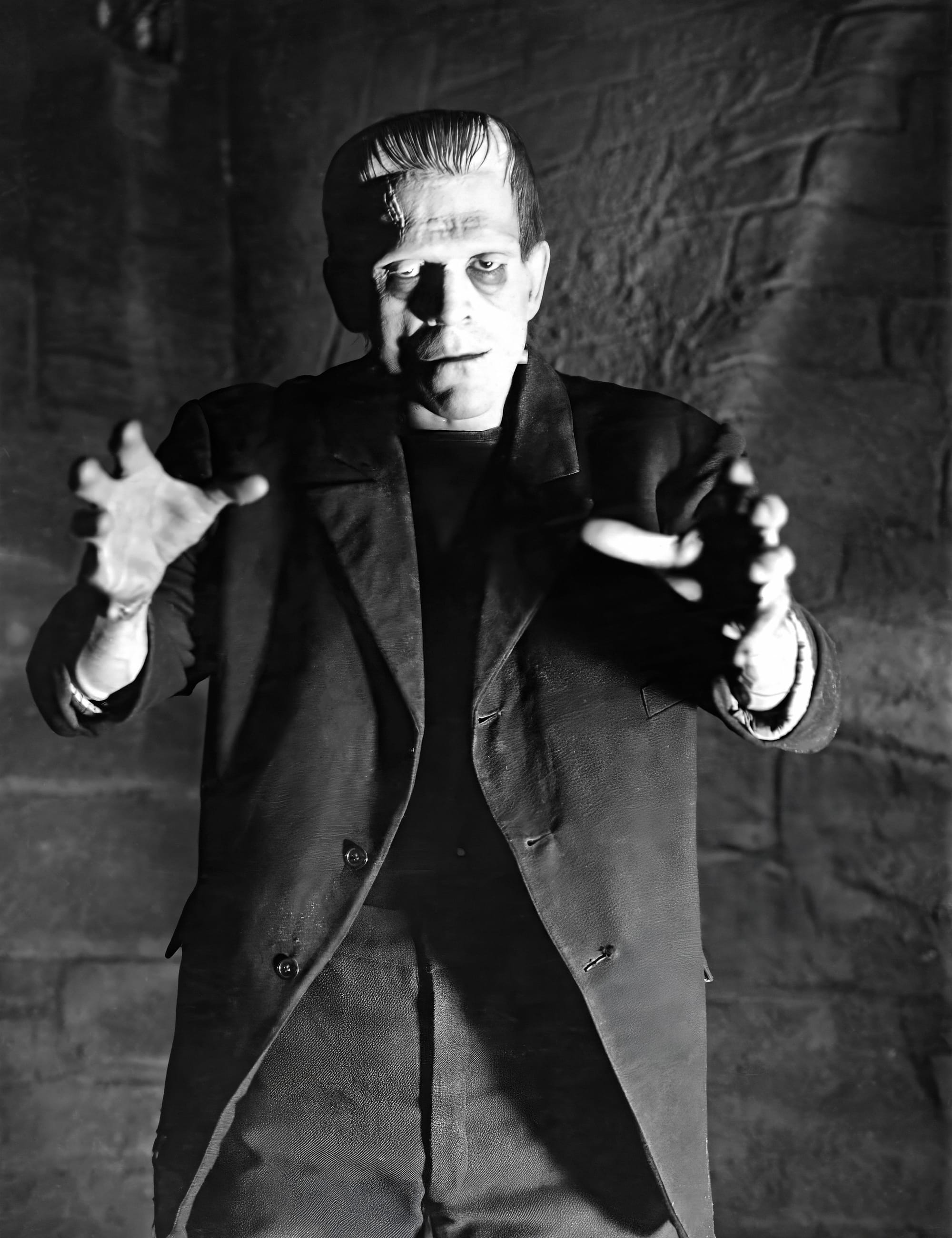
About 60 years later, Kenneth Branagh’s 1994 “Mary’s Shelley’s Frankenstein” treated audiences to something much closer to the original. Ironically, Branagh included Shelley’s name in his title because he thought he was paying homage to her. But he, too, veered off on his own tangent. Branagh had been rehearsing “Hamlet” when the script crossed his desk, and in the two main characters, Prince Hamlet and Victor Frankenstein, he saw young men obsessed with the ever after. Rather than focusing his movie on hubris and the pain of ostracism, the major themes in Shelley’s version, he made his story about a young man trying to defeat death.
And now we have del Toro’s new film, which is being heralded for its “faithfulness” to the original. Here, “Frankenstein” has morphed into a “family drama” about “fathers and sons” and the pain transmitted from one generation to the next. Influenced by a reconciliation with his own father, del Toro has said he wanted to emphasize the power of forgiveness. Where Shelley’s story described tragedy, del Toro’s inserts hope.
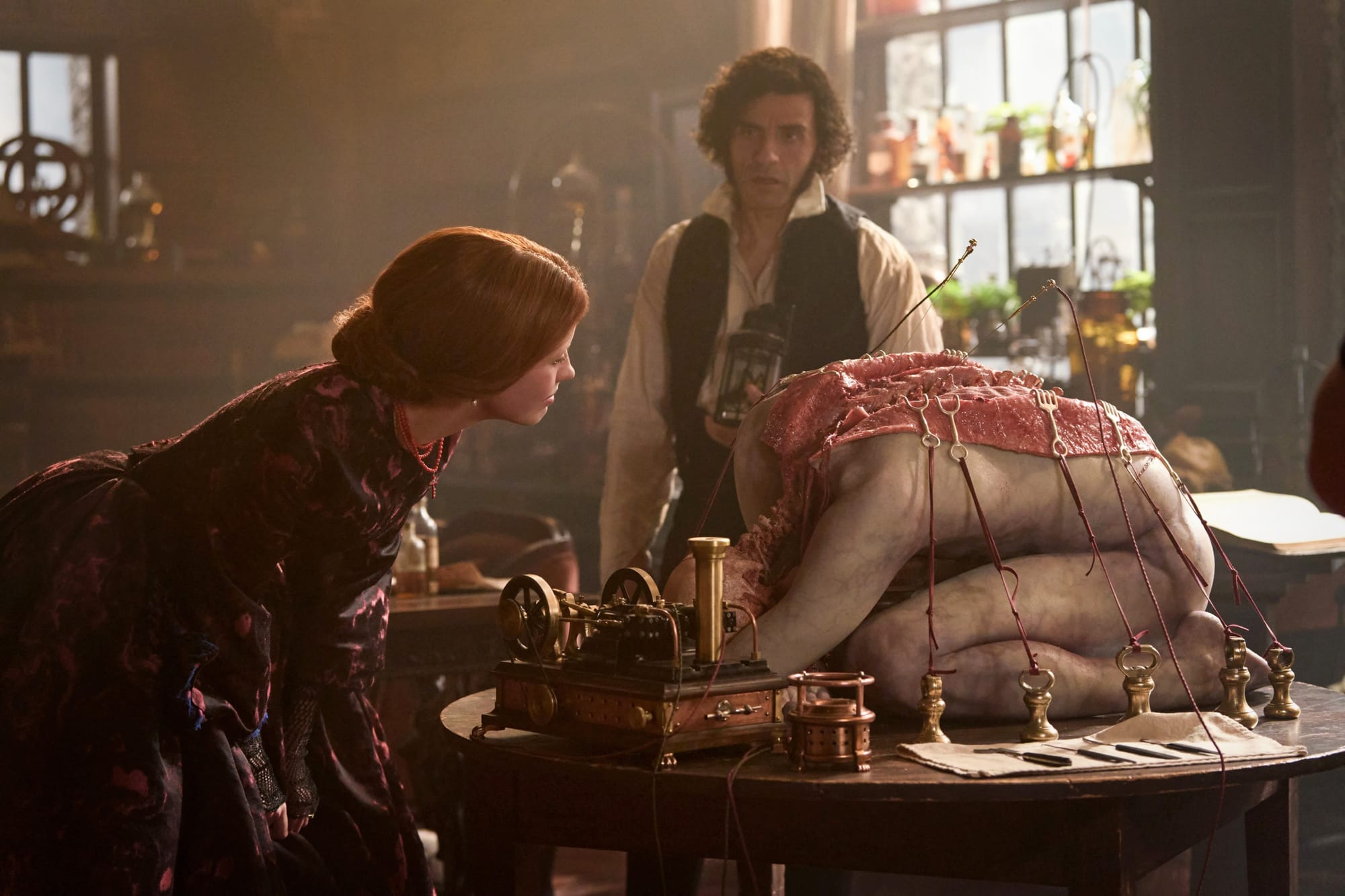
Perhaps what’s most striking is the way various male directors exhibit their inability—or unwillingness—to genuinely inhabit Shelley’s mind. Among Branagh’s many questionable choices is a lab filled, as he described it, with “phallic tubes” that “shoot electric eels at an enormous womblike sarcophagus.” He also once giggled like a schoolboy at his certainty that Shelley would have been “titillated” at the prospect of the creature having “an enormous plonker.”
Del Toro, for his part, chose to bookend his film with quotes taken not from Mary Shelley but from Lord Byron, implicitly suggesting that the male poet had more to say about the story than the woman who wrote it.
A woman’s touch
There’s nothing fundamentally wrong with artists reinventing art to make it their own. But if we ever want a truer interpretation of “Frankenstein,” we might need a woman to do it.
A woman director, for instance, might better grasp why a new mother like Shelley—who had lost an infant the year before, and had just given birth to a son when Byron announced the contest—might think that a group of men waxing enthusiastic about motherless birth didn’t quite understand what they would lose.
A woman director might also be able to grasp how Shelley’s observations on the precariousness of being a woman in the 19th century wove their way into the creature’s experience of exile. Shelley was not only tossed out by her father because of her “scandalous” relationship with Percy, but she was shunned by society at large, forcing her (and Percy Bysshe Shelley) to flee to Europe. Her older half-sister (by Wollstonecraft), who was born out of wedlock, saw no future for herself and died by suicide at 22 (as the creature does at the end of the novel). Percy’s first wife, desperate because of her abandonment, also killed herself.
Shall I go on? Why not?
A woman director might also relate to Shelley’s experience of standing on the periphery as the men around her dreamed of greatness and did whatever they could to achieve it. Growing up, her father’s home was a gathering place for leading intellectuals, and Shelley often hovered in the shadows as ambitious men, like the poet Samuel Taylor Coleridge, shared their latest works. She also registered what fame had done to people like Byron, whose arrogance and recklessness often left shattered lives in its wake. (A former lover once called him “mad, bad, and dangerous to know.”)
Finally, it might be clearer to a woman director why a daughter who had wanted to be a worthy heir to her legendary mother decided to turn her novel into an allegory for the principles championed in “A Vindication.” Wollstonecraft argued that societies that blocked female participation would inevitably become corrupt. In the world of “Frankenstein,” women are either passive or reduced to the conventional role of approving hearth-keepers. Only one strong female voice exists, but she’s off-stage (referred to only in letters), and her admonitions against folly are disregarded.
Finally, even if there were a male director who intended to look at the story through Shelley’s eyes and truly see what she saw, he’d have to observe society from the perspective of an outsider, as Shelley had spent her life doing. And in our world, no man can totally grasp the feeling of outsiderness that women experience every day—and that a woman director would understand intuitively.
5 Women Who Should Direct the Next 'Frankenstein' Film
Jane Campion (The Piano, The Power of the Dog, Top of the Lake): Campion’s insights into human psychology—especially the ways gender can dictate the choices available to men and women—would enable her to tap into how Shelley’s own life influenced the creative choices she made.
Chloé Zhao (Nomadland, Hamnet): Zhao’s camera stays close in on her characters, and through her eyes, we’d likely absorb Victor Frankenstein’s emotions during the critical moment when he suddenly realizes what he has created. With her intense camera work, Zhao would also let us experience the creature’s initial confusion, its efforts to seek connection, and the link between the treatment it receives and its subsequent turn to violence.
Jennifer Kent (The Babadook, The Nightingale): Australia’s Kent specializes in slow-burning psychological horror mixed with unblinking social commentary (like the brutality of British colonialism in The Nightingale), an apt combination for Shelley’s "Frankenstein."
Ava DuVernay (Selma, 13th): DuVernay’s interest in social issues and systemic injustice would bring laser focus to Shelley’s core question: What happens when brilliant but reckless people take science to its furthest edge, and then abandon responsibility for the havoc they’ve unleashed?
Sarah Polley (Women Talking, Away from Her, Take This Walz): Polley is a master at honest, intimate stories that gradually peel back the layers of the complexity of the human experience. Her Frankenstein would be quieter and more patient than any prior version, allowing viewers to feel it as much as watch it. — E.B. Boyd

